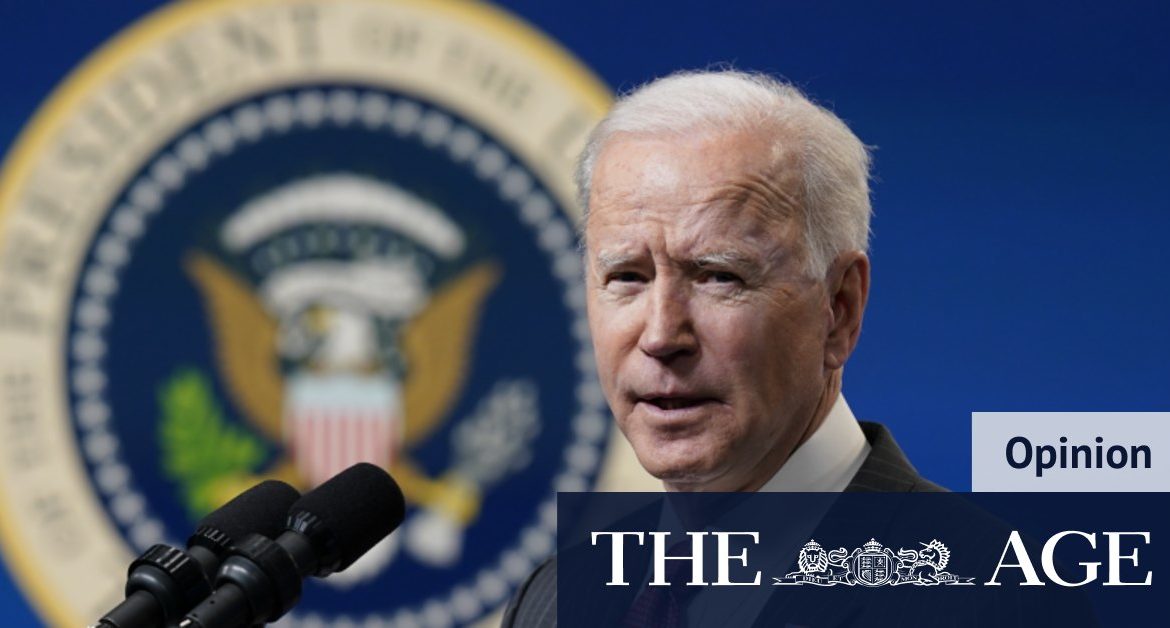Another thing drivers might do is look at other drivers on the road. Again, by that standard, there is no clear need for more stimulus. According to Moody’s Analytics, the fiscal packages passed in the United States in 2020 were, as a percentage of GDP, about as large as those in Japan and Australia and notably larger than those in Canada, France, Germany and Britain.
Loading
But maybe those other drivers are also wondering what the speed limit is. And maybe they aren’t in as much of a hurry. Why not go faster than everyone else? After all, a rapidly moving economy benefits many people, especially those on the fringes of the labour force.
But there are still limits to how fast the economy can go. The economy’s speed limit is called potential GDP. It measures the level of production of a maximally employed labour force. This occurs not when unemployment is zero but when it reaches a low, sustainable level. When the economy’s production exceeds its potential, inflationary pressures start to build.
The US economy is operating below potential, but the question is by how much? The Congressional Budget Office publishes estimates of potential GDP. They’re not perfect, but they’re the best we have.
According to the office’s numbers, GDP in the fourth quarter of 2020 was 3 per cent below its potential. In dollar terms, that gap amounts to $US666 billion ($864 billion) at an annual rate.
How much fiscal stimulus is needed to close that gap? Because money spent by the government circulates through the economy and is often spent again, $US1 of government spending can yield more than $US1 of GDP. A common estimate of this effect, known as the Keynesian multiplier, is 1.5, which means bringing the economy back to potential requires $US444 billion of stimulus.
The struggling US economy is showing signs of recovery.Credit:AP
Fortunately, a lot of stimulus is already in place. The most recent coronavirus relief bill, signed into law at the end of December, was for about $US900 billion. Its effects have not yet shown up in GDP data.
On top of that is the pent-up demand from the pandemic. When people started avoiding restaurants, travel and nonessential shopping in the spring, the personal saving rate soared, and it has since only partly returned to normal. Much of that extra saving is sitting in liquid assets, ready for people to spend when it is safe to do so.
All of this is to say fiscal policymakers may have already pushed on the accelerator hard enough to bring the economy close to its speed limit by year’s end, when widespread vaccination is likely to have released much of that pent-up demand. Another $US1.9 trillion, as President Joe Biden has proposed, could push the economy well beyond the limit.
To be sure, some new federal spending may be needed for public health and for those experiencing hardship. But even spending that is targeted at disaster relief expands the demand for goods and services.
Beyond these necessary expenditures, there is not a strong case for more fiscal stimulus in general. The $US1400 cheques for most Americans in the Biden proposal are going to many people who don’t need them. That item alone costs $US422 billion.
Advocates for greater fiscal stimulus point out that estimates of potential GDP are highly imprecise. Moreover, they say, when the economy exceeded potential in late 2019, there was hardly a whiff of inflation, so why worry now?
They are right about the imprecision, but some portents of inflation did appear in 2019. For the year that ended in the first quarter of 2020, the employment cost index for wages and salaries in private industry grew 3.2 per cent, the fastest rate in more than a decade. Had that acceleration continued uninterrupted by the pandemic, businesses would have eventually passed rising labor costs on to consumers as higher prices.
In addition, while exceeding a speed limit doesn’t always lead to a ticket, racing past it often does. In 2019, GDP exceeded its estimated potential by less than 1 per cent, so inflationary pressures, if any, were weak. By contrast, when President Lyndon Johnson’s “guns and butter” policy stoked inflation in the mid-1960s, output exceeded potential by about 5 per cent. Biden’s proposed stimulus could bring us back to that range.
Loading
Stimulus proponents argue that the Federal Reserve can deal with inflation by raising interest rates, which would slow spending. True, but it would be a mistake to put too much faith in the prescience and skill of central bankers.
When inflation got out of hand starting in the 1960s, it took until President Jimmy Carter’s appointment of Paul Volcker as Fed chairman in 1979 to get things back under control. The cost of the disinflation was a recession in 1982, at the time the deepest economic downturn since the Great Depression of the 1930s.
Put differently, speeding is dangerous. The result can be not just a ticket but a crash.
The New York Times
Market Recap
A concise wrap of the day on the markets, breaking business news and expert opinion delivered to your inbox each afternoon. Sign up here.
Most Viewed in Business
Loading







